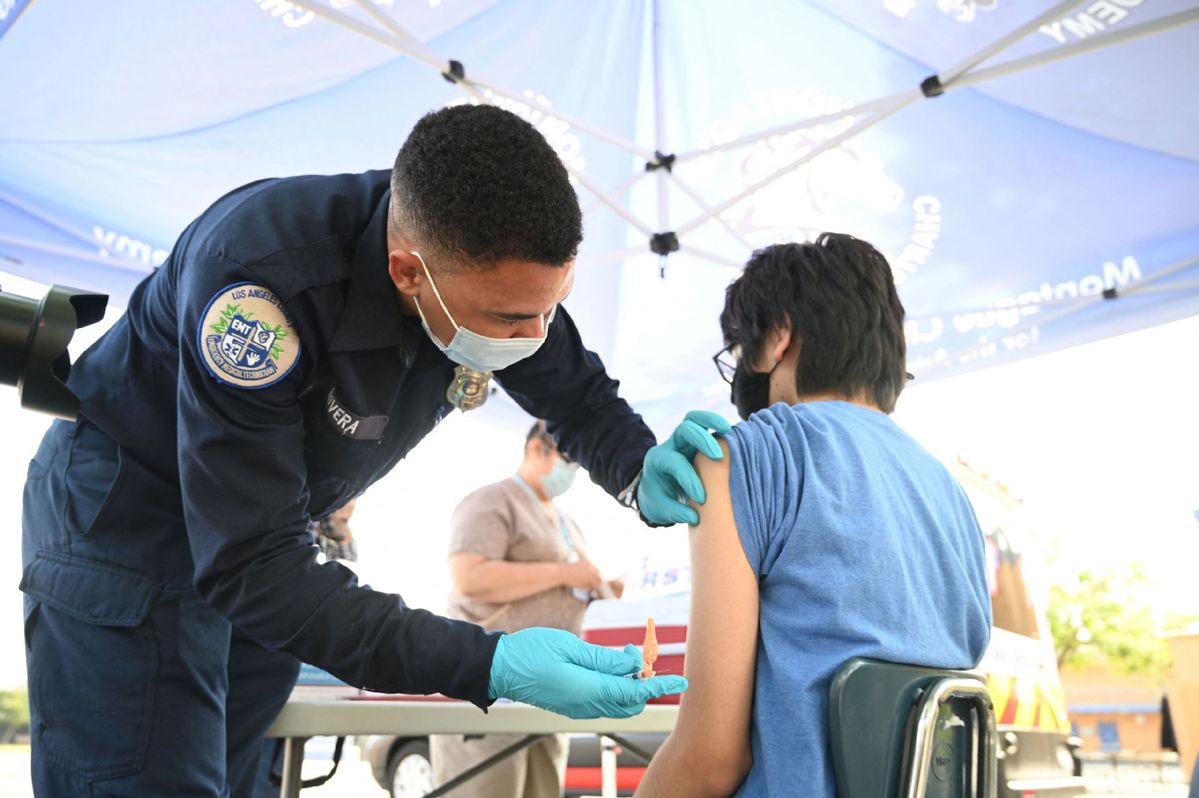Headwinds pose threat to growth, development


As recently as three months ago, the global economy seemed to be on track for a relatively robust recovery. The supply of COVID-19 vaccines had expanded in developed countries, raising hopes that it would spill over to developing countries in the second half of this year and into 2022.
Many economies were posting impressive growth numbers as pandemic-suppressed sectors reopened. While clogged supply chains had produced a host of shortages and high prices for key inputs, these were seen as merely transitory problems.
The world looks very different now. The Delta variant of the virus is spreading rapidly, including in developed countries and among those who were hitherto less vulnerable to the virus. The unvaccinated parts of the world-mostly lower-middle and lower-income countries-are now more vulnerable than ever.
Moreover, the vaccine supply chain is failing. The principal reason is that developed countries have option contracts to buy many more vaccine doses than they need (even after accounting for an expansion of their programs to vaccinate younger people and administer booster shots).This lengthens the vaccine waiting line, thereby delaying the arrival of vaccines in much of the developing world.
The rich world's "excess orders" need to be released and made available for purchase by other countries. A program to fund such purchases would not be very costly in global terms (on the order of $60 billion to $70 billion), and would yield immediate and long-term benefits in controlling the virus and preventing the emergence of dangerous new variants.
Another problem is that global supply chains have been more severely disrupted than previously thought. It is now apparent that the resulting shortages-in labor, semiconductors (which are used in countless industries), construction materials, containers and shipping capacity-are not going away anytime soon. Surveys indicate that the inflationary effects are widespread across sectors and countries and are likely to act as a persistent headwind to recovery and growth.
Adding to the uncertainty, there have been pandemic-induced shifts in domestic and global supply chains that are not yet well understood and will most likely be difficult to reverse. Indeed, the disruptions coming out of the pandemic are broader and appear to be exerting a stronger drag on the economy than did the recent trade war between the United States and China.
But the most eye-opening development of the past three months has been the dramatic increase in the frequency, severity and global scope of extreme weather: storms, droughts, heat waves, higher average temperatures, fires and floods. Earlier this month, the Intergovernmental Panel on Climate Change delivered a new report that has been bluntly characterized as announcing "code red for humanity". The collective judgment of the scientific community suggests that this year's brutal experience is not an outlier; it is the new climate normal.
We therefore can expect more of the same (and probably much worse) for the next 20 to 30 years. The window for preventing the kinds of events we have seen this summer is closed. The challenge now is to accelerate the pace of reduction of greenhouse-gas emissions to avoid even more serious-and potentially life-threatening-climate-driven outcomes in the coming decades.
Given the economic and climatic headwinds confronting the world, and the expectation that they will blow over a longer time horizon, future growth and development are in peril. In addition to being an obvious drag on growth, today's supply-chain disruptions may contribute to inflationary pressures that will demand a monetary-policy response.
Similarly, a constantly morphing virus that becomes a semipermanent feature of life will retard global growth and specialization. International travel will continue to struggle to recover. And while digital platforms can serve as partial substitutes, the impediments to mobility eventually will hit all the global economic and financial ecosystems that support innovation.
The United Nations climate-change conference, which will be held in Glasgow in November, will be crucial-and even more difficult than past climate-change conferences. The objective is to strengthen the national decarbonization commitments made at the conference in Paris in 2015, so that the global aggregate is consistent with a carbon budget that limits global warming to 1.5 C relative to the pre-industrial level.
Since extreme climate events will occur more frequently and globally-striking almost anywhere-private and social insurance systems will need a major upgrade to become multinational in scope. We may need a new international financial institution to take this on, working closely with the International Monetary Fund and the World Bank.
The author is a Nobel laureate in economics, emeritus professor at Stanford University and senior fellow at the Hoover Institution.

































